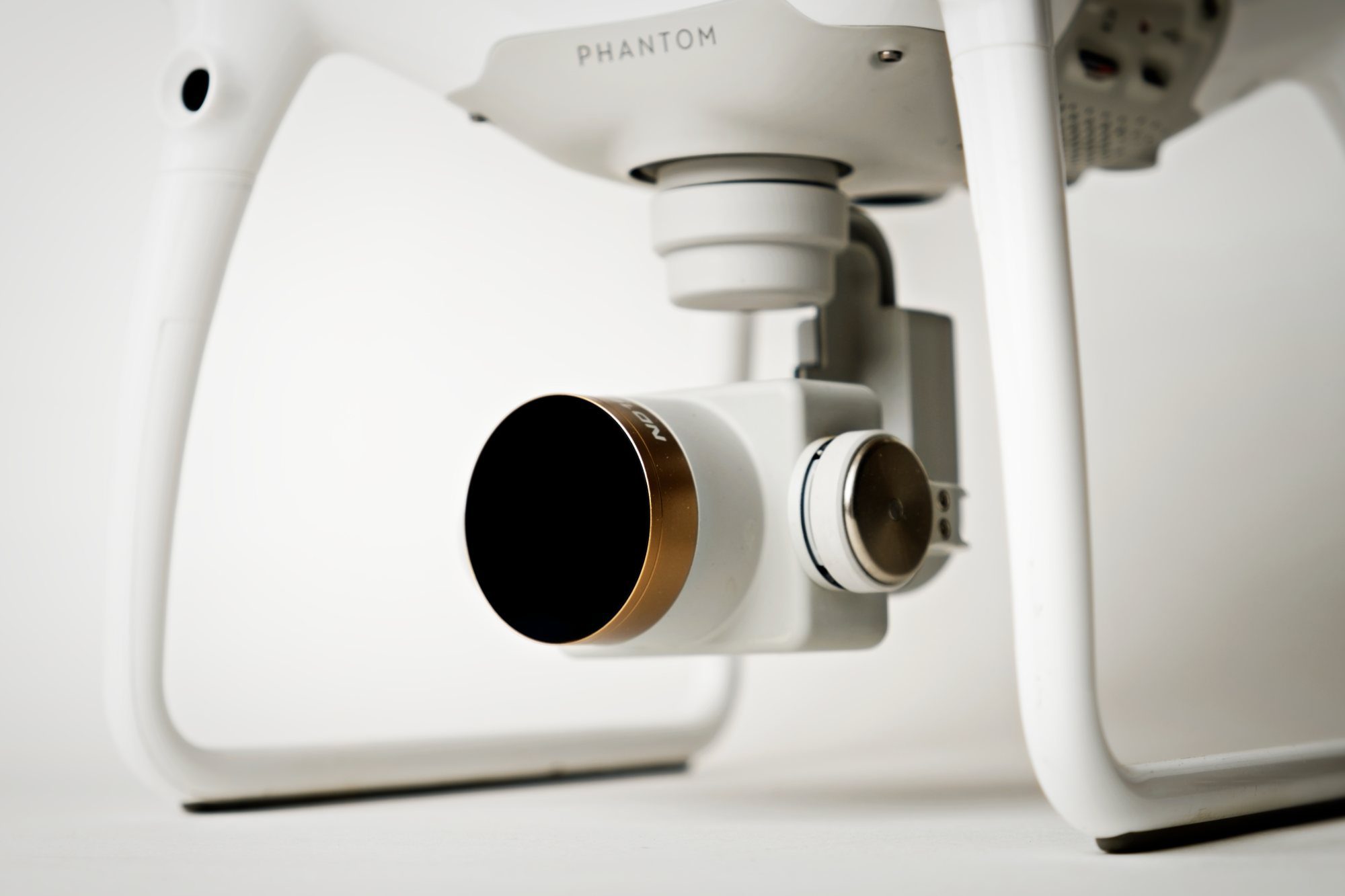
Aerial Photography
If you’re a photographer looking to take your craft to new heights (literally), aerial photography may be the perfect avenue for you to explore. Drones, also known as unmanned aerial vehicles (UAVs), allow you to capture images from high above the ground. They provide a unique angle on landscapes, architecture, events, and more. In this beginner’s overview of drone photography, we’ll touch on some key tips for getting started, including how to choose the right drone and camera, getting started with flying, and basic post-processing considerations.
First and foremost, it’s important to choose the right drone for your needs. There are a wide variety of drones available on the market, ranging from consumer drones to professional-grade models. Consider factors such as your budget, the type of photography you’ll be doing, and any specific features you may need. Interchangeable lenses or a long battery life for example. It’s also worth noting that different countries have different laws and regulations surrounding drone use, so make sure you familiarize yourself with these before making a purchase.
Start flying
Once you’ve chosen your drone, it’s time to get started with flying. Many drones come with user-friendly controls and can be flown using a smartphone. It’s a good idea to start by practicing in an open, unobstructed area, such as a park or field. This will give you a chance to get a feel for the controls and become comfortable with flying your drone. As you gain more experience, you can gradually start exploring more complex maneuvers and incorporating them into your photography.

In addition to choosing the right drone and getting started with flying, it’s also important to consider the camera you’ll be using. Many drones come with built-in cameras, but for more professional results, you may want to use a separate camera that can be mounted on the drone. This allows for greater control over the camera settings and can result in higher quality images. Interchangeable lenses and camera mounts are also available for some drones, giving you even more flexibility in terms of the type of shots you can capture.
Post Processing
Once you’ve captured your images, it’s time to start post-processing. There are a number of editing software options available, including Lightroom, Photoshop, and ON1 Photo RAW. These tools allow you to enhance and adjust your images to achieve the look you desire. Some basic post-processing techniques to consider include adjusting the exposure, white balance, and contrast, as well as cropping and straightening the image if necessary.

Drone photography offers an exciting new perspective for photographers and is relatively easy to get into, even for those with little experience. By choosing the right drone and camera, getting started with flying, and learning some basic post-processing techniques, you’ll be well on your way to capturing breathtaking aerial images. So why not give drone photography a try and see what amazing shots you can capture from above? The sky is truly the limit when it comes to the creative possibilities of this exciting field.
Are you interested in purchasing a print? click here

Contact us for information on how Robbins Drones can help serve you.
